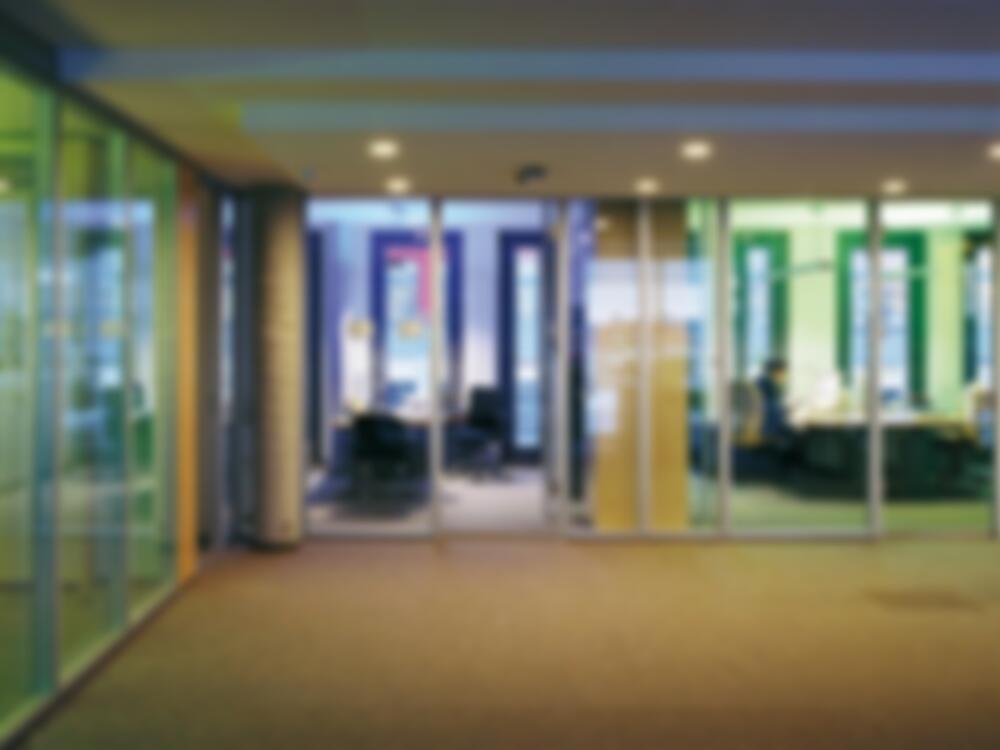Can a country like Germany, with its high salary levels, taxes and social security contributions, also afford to have the largest area per office workplace in the world? Describing office space simply in terms of area, of course, says nothing about its quality. Workplaces and infrastructure amenities need to function efficiently. Without adequate daylighting, for example, workplaces are of little...
Discussion: Office Architecture in the Context of Global Competition
Issue
05/2006 Sound and Cost-Effective
Source
DETAIL

© Heinrich Hermes

© Heinrich Hermes